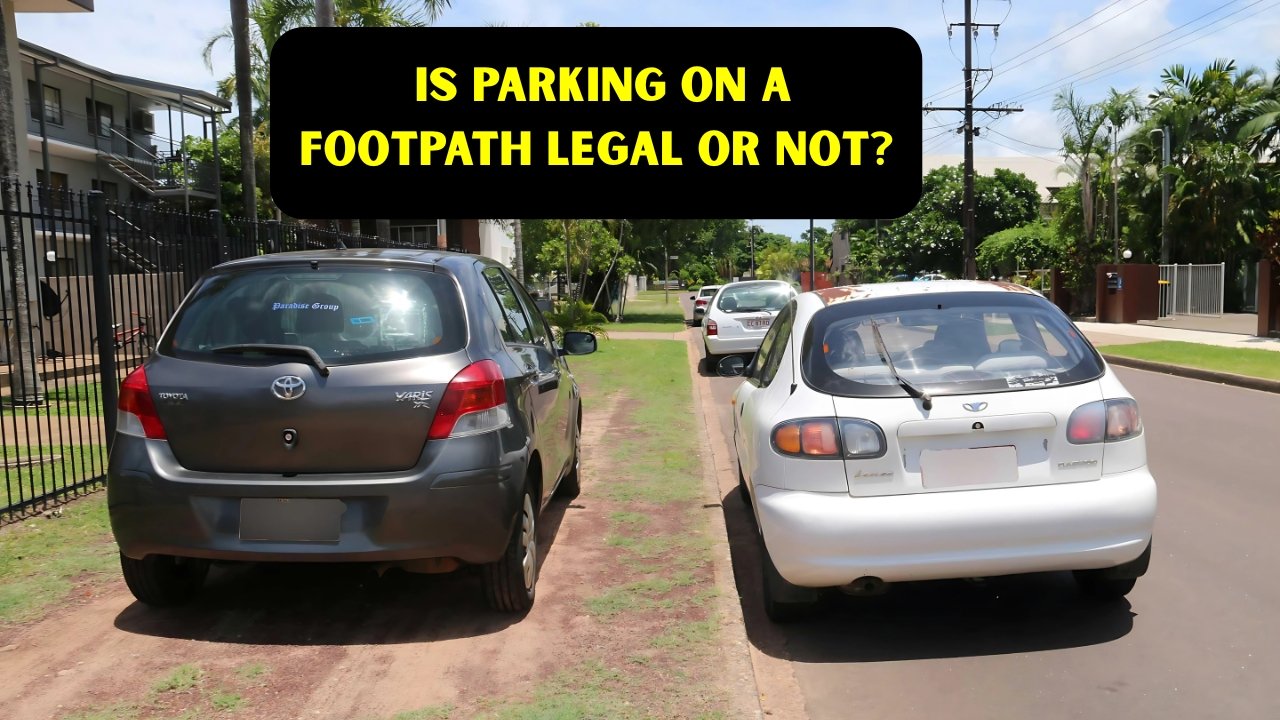Australian parking laws are structured in such a way that they provide maximum safety and convenience to road users, most especially pedestrians. The question of the legality of parking on footpaths is one of the frequently posed questions. Knowledge of such rules is a key aspect to prevent fines, penalties, and maintain a safe environment of pedestrians. This article dissects the main points of the laws in the area of footpath parking in Australia, explaining what is legal, and what is not.
Footpath Parking laws are regulated under legal laws in Australia.
The Australian Road Rules 2014 state that one should not park or drive on a footpath unless it is explicitly allowed by the rules. Foot paths are those on which people walk, and cars are not permitted to interfere with the paths. The breach of this rule might lead to the fines and the demerit points. The prohibition is the same, however, each state and territory might have slightly different rules and penalty amounts.
The fines that are imposed on the use of foot paths as parking places.
In different states of Australia, the penalties differ, but they tend to have monetary fines and/or demerit points. As an example, in New South Wales, a fine of three demerit points and a fine of up to $349 can be given to someone who has parked on a footpath, whereas the same offense attracts a fine of approximately $161 in Victoria. Queensland carries the same punishments and sanctions include a fine of $361 and three demerit points. Australian Capital Territory, Tasmania, south Australia and others also have similar punishments and most countries do not take parking on the pavements lightly.
What is the difference between Nature Strips and Footpaths?
There is a lot of confusion between nature strip and footpath parking. The area of grass or landscaped land between the footpath and property boundary and the road is known as a nature strip. Australia It is generally illegal to park on nature strips except when signage specifically permits it. Nature strips serve primarily as a place where people can walk and exercise and not to park their vehicles. It might also be subject to fines if parking is done here unless otherwise as indicated by local council signs.
There are exceptions and special cases of the case.
Exceptions are extremely low, where drivers may drive or park on a footpath or nature strip, such as vehicles such as motorized wheelchairs may use paths. In certain instances, adjacent off-road paved areas to footpath could be parked, and it is subject to regulations by local councils. Notably, it is given that parking on privately owned land close to a footpath can be conducted, but the vehicle should not be placed in a manner that will prevent people to use the footpath or even drive on the footpath as well.
Why is it that Parking on Walkways is not allowed?
The ban has important access and safety functions. Footpaths should be places where pedestrians are safe- children, old people, people with disabilities. Cars parked in the foot pavement cause pedestrian walkways to be squashed, thus into the road leading to a higher chance of accidents. Also, wheelchair and strollers may be blocked by parked cars and this contravenes accessibility regulations.
Frequently Asked Questions
In Australia, can it ever be lawful to park on footpath?
Generally, no. There are only very special exceptions which include parking on the designated pavement allowed by the local council or some mobility vehicle.
Is it ok to park on the nature strip in front of my house?
No, it is not legal to park in nature strip unless there are specific signs that allow it. The nature strip is a publicly owned land that is maintained by either the councils or inhabitants but is not meant to park vehicles.
What are the effects of parking on a footpath?
Fines of between 150-350 dollars and in most states demerit points that may impact on insurance and driving rights are some of the repercussions.
To sum up, parking on footpath or nature strip in Australia is quite illegal and is subject to a major penalty. These rules need to be taken seriously in order to ensure the safety of pedestrians and to prevent fines. Never overlook local signs and council requirements to be exception based. Make walking a priority and prefer legal parking spots to make the streets a safer place to all.


